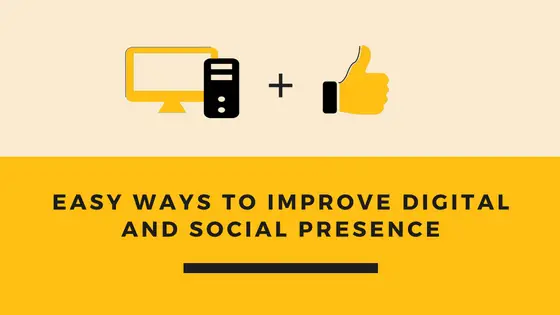How Small Businesses Can Improve Their Digital and Social Presence
Ted Rubin is a leading social marketing strategist, keynote speaker, brand evangelist, and acting CMO of Brand Innovators. In early 2009, Ted began using the term ROR, or “return on relationship”, which users can hashtag as #ronr on social media outlets. His enthusiasm and energy are as catching as his personal connection with people.
Ted is the most followed CMO on Twitter and number 13 on Forbes’ list of the Top Fifty Social Media Power Influencers. His knowledge regarding how small businesses can improve their digital and social presence is just one of the reasons Leadtail placed him on their list of Top 25 People Most Mentioned by Digital Marketers.
Steps A Business Can Take to Build a Digital and Social Strategy
Before laying out a digital or social strategy, the first steps a small business should take is to listen and pay attention. Watch the behavior of customers in person, online, in interactions with each other, and when they visit other websites. Are your customers interested in social media?
When it comes to the digital world, it pays for business professionals to engage on the platforms themselves.
- Set up a Twitter and Facebook account and watch the feed.
- Follow your followers.
- Spend time reading what they are writing and sharing.
Consider this the research side of building a digital and social presence.
Choosing to not be engaged on social media platforms is much like hiring a cook and not understanding what is going on in the kitchen. This is not just for small businesses, but all businesses—it does not make much sense to invest time and money in social media platforms without understanding the experience yourself.
Set up an account and try posting a comment or “liking” something on someone else’s page. Watch the conversations and participate vicariously by observing. Take the time to understand Instagram and other social sites.
How Spliced Content Plays a Role in Developing a Social Presence
The key is to remember that conversation makes the best content. When businesses can create content that makes people talk, professionals will begin to see results. Use what works to draw the audience in and keep them there.
- Create content that your audience likes; this could be video content, influencer marketing, virtual reality, etc.
- Use the content for many different purposes in tweets and posts.
- Repurpose the content in a variety of ways, especially that which is shared often.
- Use syndication when writing blog posts, then turn around and share it again on social media.
Getting Started with Building a Digital Presence
- Be sure to give employees a voice during the process, even if you have a small business, and allow them to help build the brand. Allow someone else to share content, which can be as simple as a picture and short comment.
- Don’t be afraid to repost. As long as it fits the season and the audience, reposting content will help your audience remember your name. This could take the form of reformatting a blog before reposting. Stop worrying about perfection–put it out there, knowing you can always update it later or make fixes if needed.
- Answer your followers–don’t ignore comments posted on Facebook and Instagram. Be a part of the conversation that is most comfortable for your readers. Try different mediums like email and instant messaging to find out what works for them.
- Try different things. Take pictures of “something different”, make a hashtag about it, and see what sticks.
- Don’t’ be robotic—remember that you are a human, marketing to humans. It’s okay to show that you care by using a person’s name, an emoticon, or something else that shows a level of personal touch.
- Don’t be afraid to respond to comments that seem to be critical. Offer an explanation to those who may seem offended or confused and show that you’re a real person. Even mixed messages are an opportunity to engage. People will respect you when you state your opinion and stick by it without bullying.
ROR Leads to ROI
In the future, it will be critical for small businesses to decide where they want to put their scarce resources so they can maximize ROI. Return on relationship will enhance your ROI; we do more of what gives us a better return, that which gives us value, and we do less of other things. Businesses that use social media successfully will reap the rewards of customer satisfaction, deeper employee loyalty, more effective knowledge sharing, improved brand reputation, lowered costs, and increased revenues.



